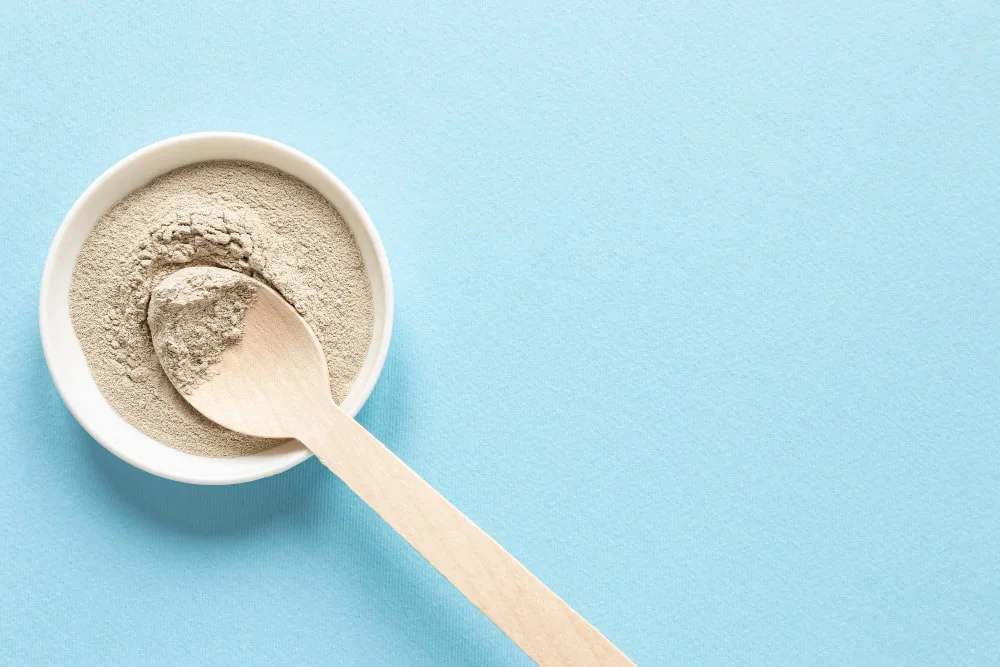Bentonite clay has been used for various purposes for a very long time. It is known that as early as 5000 BC, it was used on the island of Cyprus to remove grease from wool. Recently, bentonite clay has gained significant popularity and is widely used in various industries, including the food, cosmetics, pharmaceutical, and ceramics sectors.
What is Bentonite Clay?
Also known as montmorillonite, bentonite clay is a type of volcanic clay. Due to its electromagnetic negative charge, it binds to bacterial and toxic substances, helping to remove them from the body while also cleansing the skin of excess oils. This property makes it a natural detoxifying agent.
What Are the Benefits of Bentonite Clay?
Bentonite clay has numerous benefits, particularly in detoxification, cosmetics, and health applications. The foods we consume can sometimes cause various health issues. Harmful substances known as heavy metal toxins—such as benzene, lead, and mercury—can enter our bodies through the air we breathe and the food we eat. These accumulated toxins in the body can lead to digestive system disorders, skin problems, and other health issues.
As a type of volcanic clay, bentonite clay has a strong ability to attract and bind bacterial and toxic substances due to its electromagnetic negative charge. It effectively removes these harmful substances from the body, making it a highly recommended natural remedy.
How to Use Bentonite Clay?
Bentonite clay naturally tends to clump together. To activate it for use, it should be mixed with a small amount of water or rose water. When used in masks, it is recommended to let the mixture sit for 15–20 minutes after adding water or rose water before applying it to the skin. Additionally, to preserve its most important feature—its negative electric charge—it should be stored in plastic, glass, or wooden containers rather than metal ones.
Bentonite clay can be used both orally and topically. When consumed internally, it binds to harmful pathogens in the body, preventing these harmful substances from entering the bloodstream from the intestines and facilitating their elimination. When taken in liquid form, it can be used for colon cleansing, relief from stomach discomfort, mineral supplementation, and detoxification.
In topical applications, bentonite clay can be used in face masks, clay poultices, clay baths, hair masks, and even as a toothpaste. When applied in this way, it binds to toxins on the skin and inside the mouth, helping to cleanse the area.
During epidemic outbreaks, Ottoman physicians would use bentonite clay as a primary protective measure to strengthen the body. Throughout history, strengthening the body's own immune system has been a fundamental preventive strategy against infectious diseases. A special type of clay, known as "tin-i mahtum", was considered essential for protection. What is now known as bentonite clay, or white clay, was used as a medicinal treatment as soon as an epidemic began. These clays were shaped into pill form and sold as remedies. Ottoman doctors recommended taking half a clay tablet daily without interruption during outbreaks.
Spc. Dietitian Zübeyde SEMİZ


